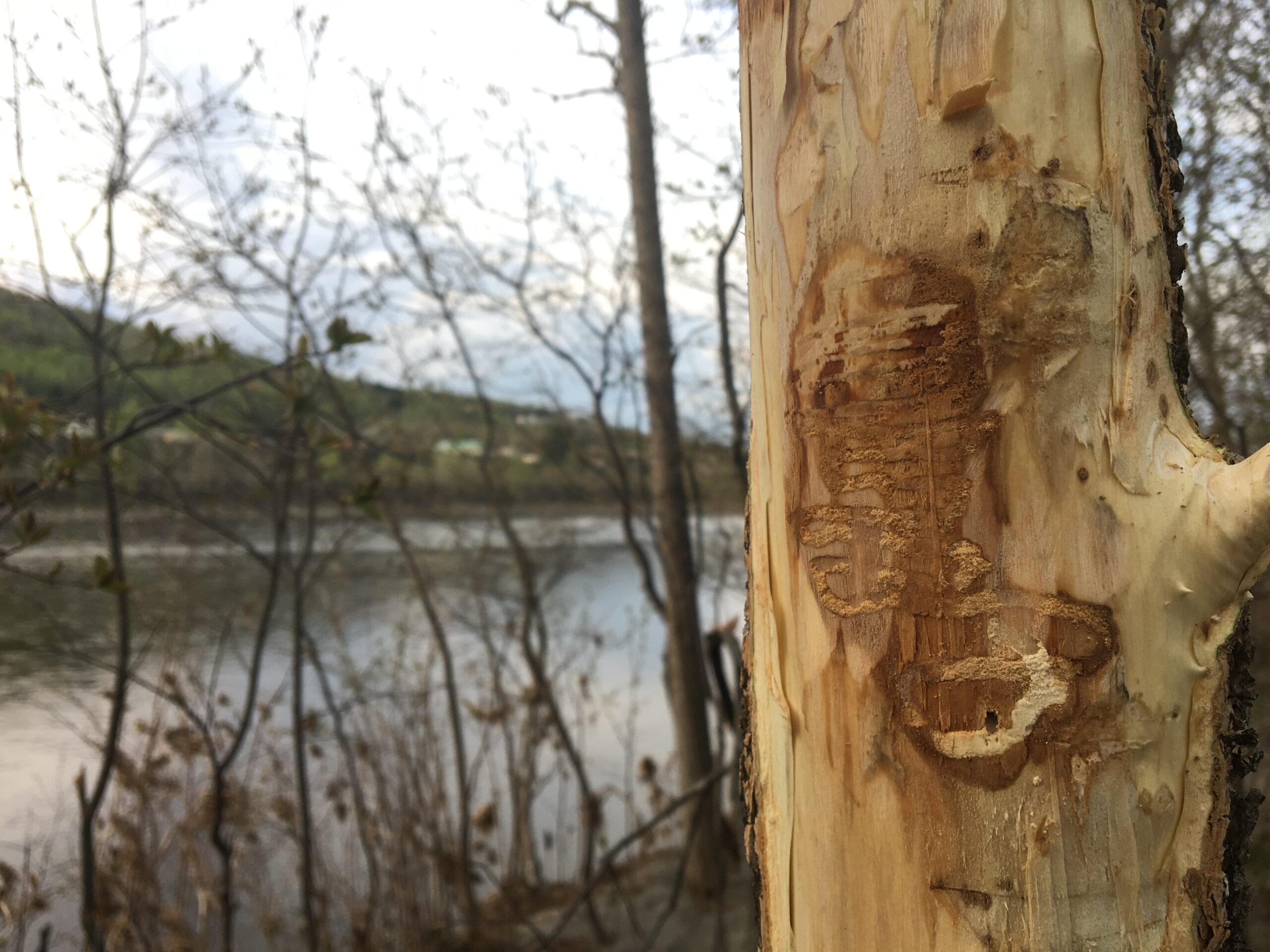
AUGUSTA, Maine — State officials at the Maine Department of Agriculture, Conservation and Forestry announced on Wednesday, Sept. 12, that entomologists have confirmed the presence of emerald ash borer in western York County, Maine. This alarming new development follows a spring discovery in northern Aroostook County.
The emerald ash borer is a highly destructive, introduced pest of forest and ornamental ash trees (Fraxinus spp.). Since its initial detection in southeastern Michigan near Detroit in the summer of 2002, it has spread rapidly. As of August 2018, it had been found in 35 states and four Canadian provinces.
Earlier this week, EAB adults were recovered on two purple traps in York County. One adult beetle was found in both Acton and Lebanon by the USDA-APHIS contractor, Delta 21. Field personnel from the Department of Agriculture, Conservation and Forestry, Maine Forest Service are currently conducting ground surveys in the area to follow up on the trap detections.
In late May 2018, an established EAB infestation was detected in Edmundston, New Brunswick. Subsequent surveys in the state detected lightly-infested ash trees in Madawaska adjacent to the Frenchville town line. In early August, EAB was found on purple traps in the town of Grand Isle. The MFS implemented a stop movement order on ash from the towns of Frenchville, Grand Isle and Madawaska on Aug. 10, 2018. This order will be amended to include affected towns in York County once the initial followup survey is conducted.
Ash trees infested with EAB may die within two to three years. Since its arrival in North America, EAB has killed hundreds of millions of ash trees in infested states and provinces, and has cost municipalities, property owners, nursery operators and forest products industries hundreds of millions of dollars.
Ash trees comprise four percent of Maine’s hardwood forest, are a valuable timber species, and are also an important street tree. EAB threatens all species of ash trees (but not mountain-ash, Sorbus spp.) and will have significant ecological and economic impacts on the state. There are no practical means to control EAB in forested areas, though pesticide treatments can protect individual trees.
State officials will hold a public meeting in York County in the future. More information on this pest in Maine can be found at www.maine.gov.eab.







